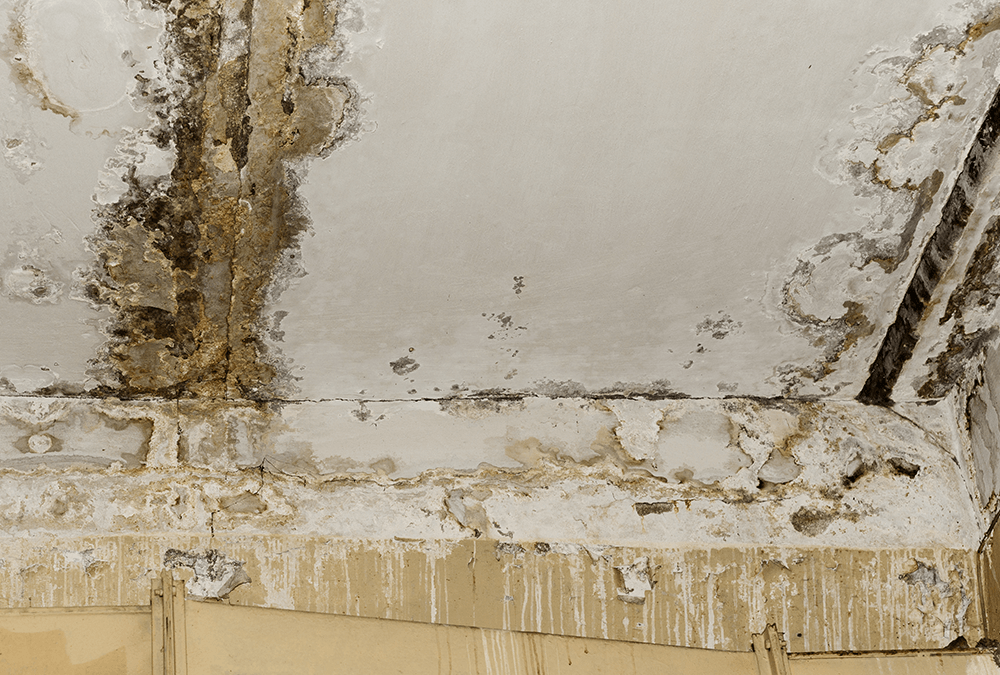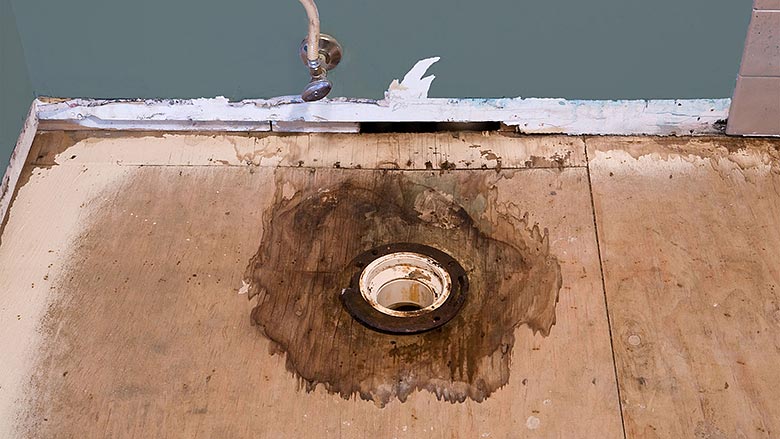Stopping Water Damage in the Bathroom
Stopping Water Damage in the Bathroom
Blog Article
Everybody may have their own theory with regards to Preventing Water Damage in the Bathroom.

The shower room is exceptionally vulnerable for damp build-up and also potential water damage because of the regular use water in it. This article offers easy assessment methods to aid detecting water damage risks.
The regular use water in the washroom makes it exceptionally vulnerable for moist accumulation as well as prospective water damage. By checking it consistently, you can lower water relevant problems.
The adhering to collection of inspections is easy to perform and ought to be done once in every three months in order to keep your restroom in good shape as well as to prevent prospective water damages caused by the bathtub, the shower, pipe joints and plumbing, sinks, cabinets, and the toilet
Do not neglect performing these inspections as well as be complete while doing them. Bear in mind that these easy inspections can save you a great deal of cash by giving very early indicators for water damage
Sinks and Cabinets
Sinks and cabinets are revealed to dampness as well as humidity daily and are usually forgotten. Evaluate on a regular basis under the sink as well as on the counter top above it. Fix any type of drip in the trap as it may recommend drainpipe issues. Take a look around the sink, slow draining pipelines might indicate a blocked drainpipe. Change sink seals if they are broken or loose.
Bath tub as well as Shower
The shower as well as bathtub call for unique attention and also upkeep. Inspect the tiles and also replace if cracked. See to it that there is no missing out on grout in between the tiles. Inspect and also replace fractured caulking at joints where the wall surfaces meet the flooring or the tub. Clogged drains pipes as well as pipelines issues will protect against the tub from drying as well as may show major problems underneath the bathtub. Seek advice from an expert immediately to stop structural damages. Take note of stainings or soft areas around the bath tub walls as they might suggest an inner leak.
Plumbing
Signs for water damages are hard to identify because most pipes are mounted inside the walls.
Pay unique interest to floor covering and wall surfaces moisture as well as stains as they may show an unnoticeable plumbing trouble. Check dampness degrees in adjoining spaces too.
The Toilet
The bathroom is a vulnerable water junction. Examine the water lines and look for leakages around the toilet seat, in the pipe, and under the water storage tank. If you identify any indications of dampness on the floor around the bathroom, look for leaks in the toilet rim and also tank seals.
Understand that hanging commode bowl deodorants boosts the opportunities for clogs.
TIPS TO PREVENT WATER DAMAGE IN THE BATHROOM
The average household uses approximately 80-100 gallons of water per person per day. For a family of 4, that's almost 2,500 gallons of water a week! The largest portion of this consumption comes from bathroom use. Flushing the toilet uses the most water, followed by taking a shower or bath. With that much water running through the home, water damage in the bathroom is bound to happen. Knowing how to spot signs of a water leak is essential to preventing long-term damage. This guide provides you with tips to reduce the impact of water damage on your bathroom.
CAUSES OF BATHROOM WATER DAMAGE
Pipe breaks are the most common cause of water damage we see in our daily jobs. The age of a pipe plays a large role in a pipe break as well as corrosion. Over time, the metal begins to break down, allowing water to escape. Frozen pipe breaks are also a concern in the winter months. Toilet overflows caused by paper products or children flushing inappropriate items. Degraded caulking around the toilet or bathtub can allow water seepage, sometimes behind the fixture, into the subfloor or walls. Condensation forms when the water in a pipe is cooler than the air temperature. Beads of water form on the exterior of the pipes, sometimes so much so that the water begins to drip and pool below. Sink or shower backups created by poor drainage. HOW TO PREVENT WATER DAMAGE IN YOUR BATHROOM
Inspect your toilet supply line for worn or frayed hoses and replace them as needed. Winterize your plumbing to prevent a frozen pipe break. Use vent fans to prevent condensation that can lead to mold growth. Routinely check and replace degraded caulking around your toilet or bathtub. Increase the temperature in your toilet tank and insulate your pipes during the warm summer months to keep condensation from forming. Use child safety locks on the toilets. Flush only toilet paper. "Flushable" wet wipes are actually not good for your plumbing system. Additionally, feminine hygiene products should not be flushed. Prevent water from escaping the tub or shower. Make sure shower curtains are in good condition. Inspect shower doors and replace the seal strip if necessary. Wipe up any water that accumulates on the floor and use bath mats. Water left to sit can cause damage to the tiles and flooring. Refrain from using bath products containing heavy oils to avoid a clogged drain.

Do you appreciate more info about How to Fix a Water Damage Bathroom? Try leaving a short review directly below. We will be pleased to listen to your opinions about this review. We are looking forward that you come back again before long. Sharing is caring. You just don't know, you may very well be helping someone out. We cherish reading our article about How to Prevent Bathroom Water Damage.
Get An Estimate Report this page